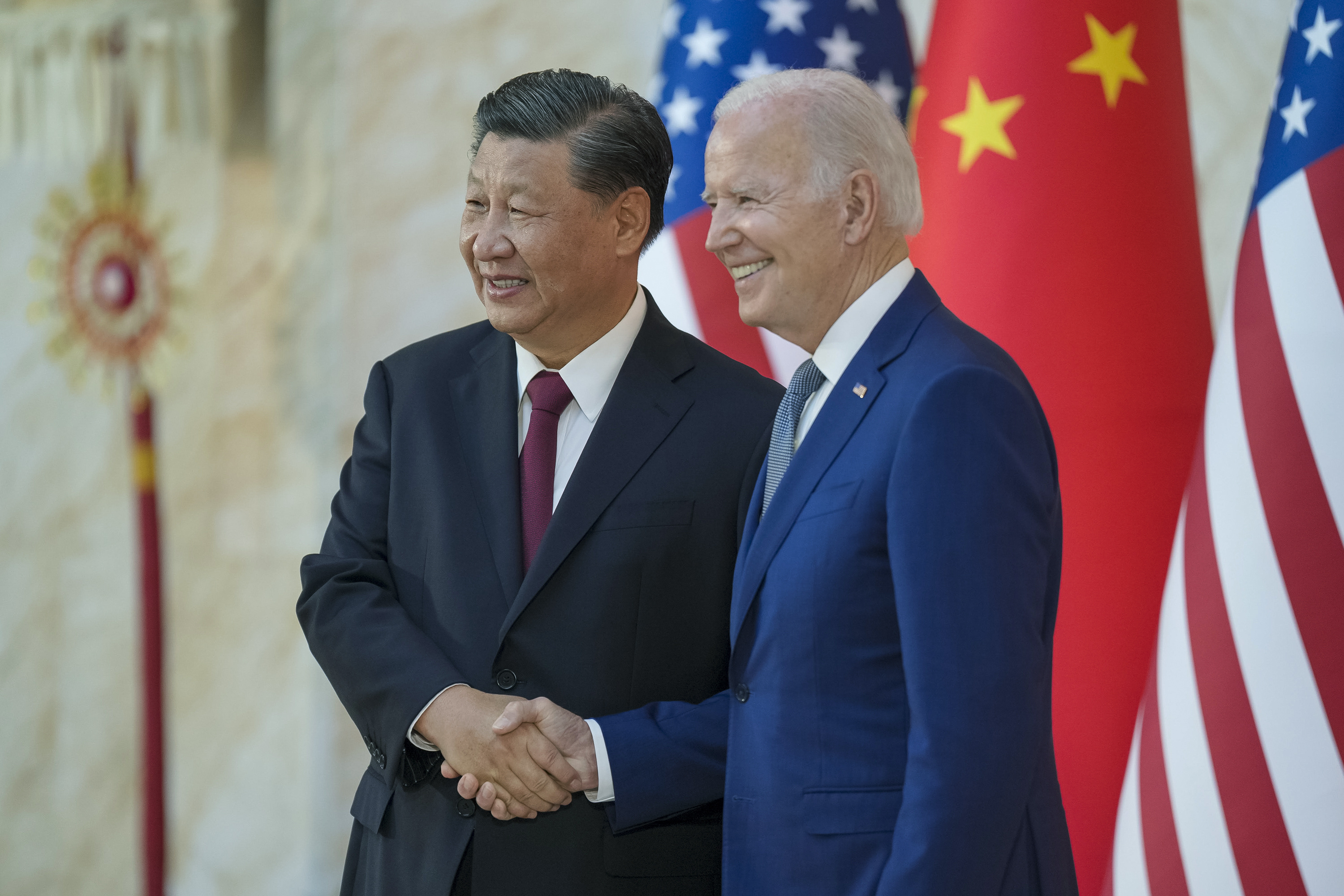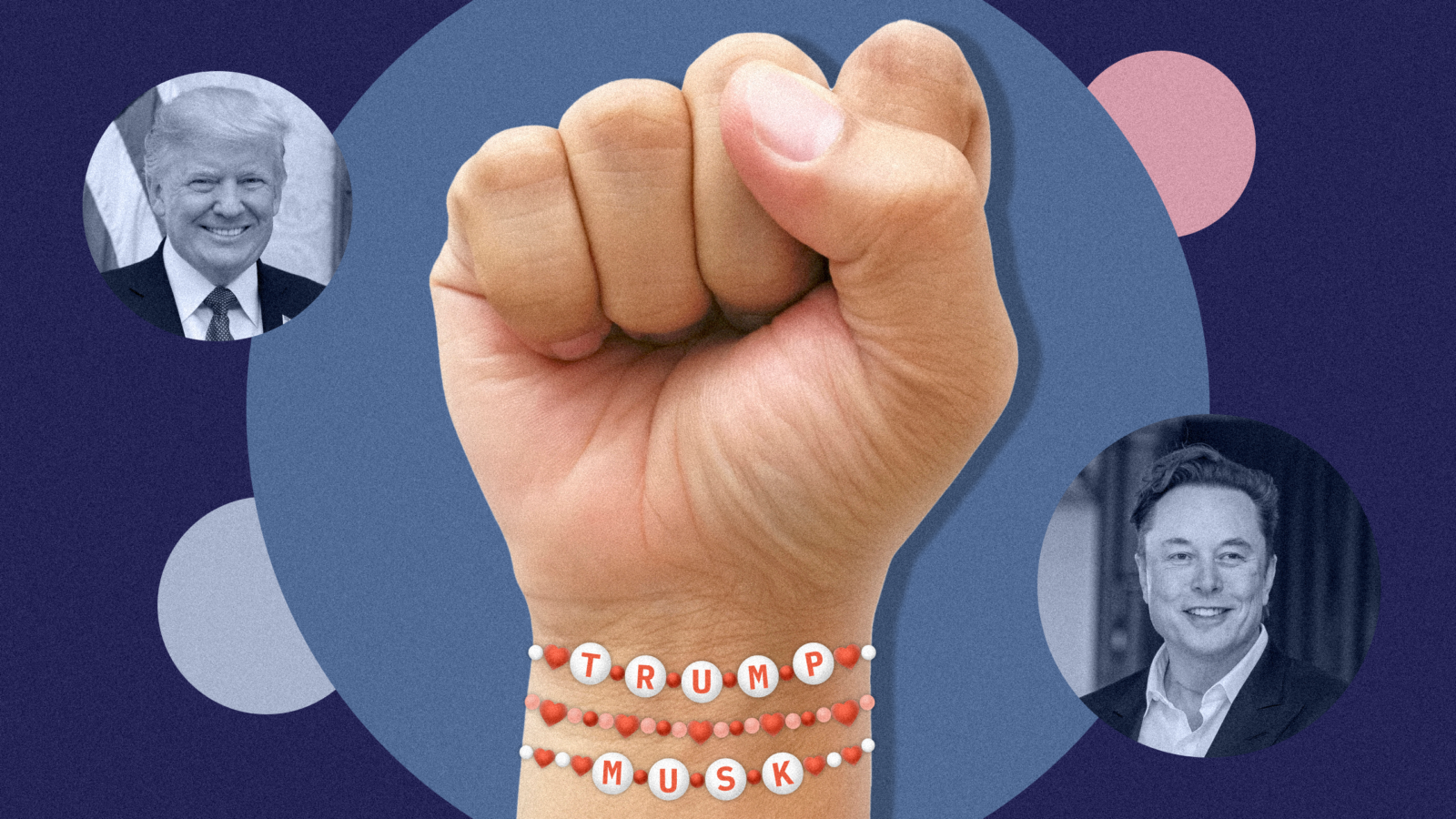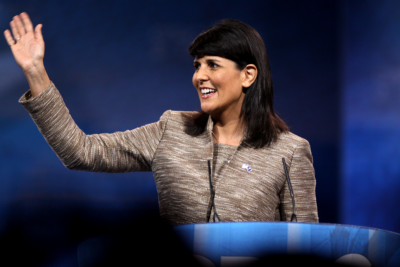Biden-Xi: An Elaborately Choreographed Thaw
With so much amiss between the U.S. and China (the pandemic, the “balloon incident,” China’s opposing views on the Ukraine-Russia and Israel-Gaza wars, and America’s containment of tech exports to China), expectations may be so lowly rated…

Sign up to unveil the relationship between Wall Street and Washington.
With so much amiss between the U.S. and China (the pandemic, the “balloon incident,” China’s opposing views on the Ukraine-Russia and Israel-Gaza wars, and America’s containment of tech exports to China), expectations may be so lowly rated as to be underrated for Wednesday’s meeting between the two.
Just so nothing is left to chance, the summit’s exact movements have been mapped out in advance, with every minute coordinated from how much time President Biden and Chinese President Xi Jinping spend together, to how they sit, to when they will shake hands, et cet. There’s even a request from Chinese diplomats for Xi to have just the right scenery around him during his trip to San Francisco for the meeting (read: when he looks out his window, there are to be no protesters).
It might even be amusing, if the stakes weren’t so high – and they are so very high, it is virtually impossible to overstate them.
Even before the war fronts opened up in Europe and the Middle East, there was talk among global leaders of what the “new world order” would look like, with Western companies bemoaning how the conflicts have fueled tensions between China (which supports Russia and Palestine) and the U.S. (which supports Ukraine and Israel), making it increasingly difficult to do business in China and upending longstanding global alliances.
The goal of this meeting is primarily to get the relationship back on track – in essence, to talk about agreeing to talk. Biden says most critical to him is that the countries resume normal, military-to-military contact, after a trip to Taiwan last year by then-U.S. House Speaker Nancy Pelosi prompted China to revoke that privilege.
China’s suspension of military communications included the nations’ Defense Policy Coordination Talks, which sought to maintain effective communication channels between the countries, as well as the Maritime Military Communications Agreement, which allows ship and aircraft operators to communicate. (That would seem to be rather important.)
Many topics are on the table – from the superpowers’ $700 billion trade relationship, to Washington’s crackdown on advanced computer chip exports to China, to Beijing’s aggressive nuclear buildup – but it is unlikely Wednesday’s talks will end the impasse between the planet’s two largest economies.
One matter worth their attention: Both sides are discussing the possibility of a future commitment to keep artificial intelligence software out of their nuclear command and control systems.
China has never entertained any kind of serious discussion about its rapidly expanding nuclear arsenal, so any approach of this kind would need to be handled with extreme care. But, on the other hand, A.I. taking over nukes would seem to be a matter of some importance.
Bottom line, a return to diplomacy over war footing is in order – and Xi seems to agree. He recently told a visiting U.S. congressional delegation that there were “a thousand reasons to make U.S.-China relations better and no reason to make them worse.”
The views expressed in this op-ed are solely those of the author and do not necessarily reflect the opinions or policies of The Daily Upside, its editors, or any affiliated entities. Any information provided herein is for informational purposes only and should not be construed as professional advice. Readers are encouraged to seek independent advice or conduct their own research to form their own opinions.











